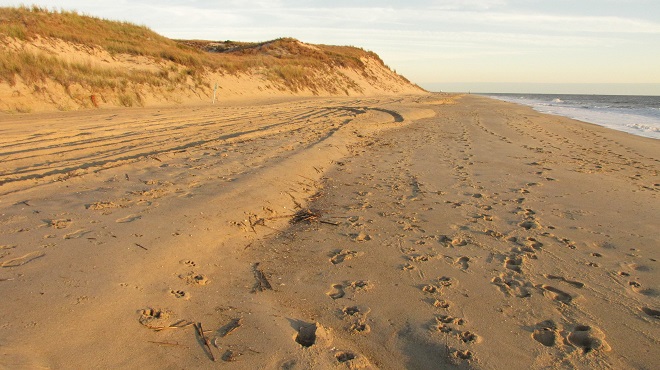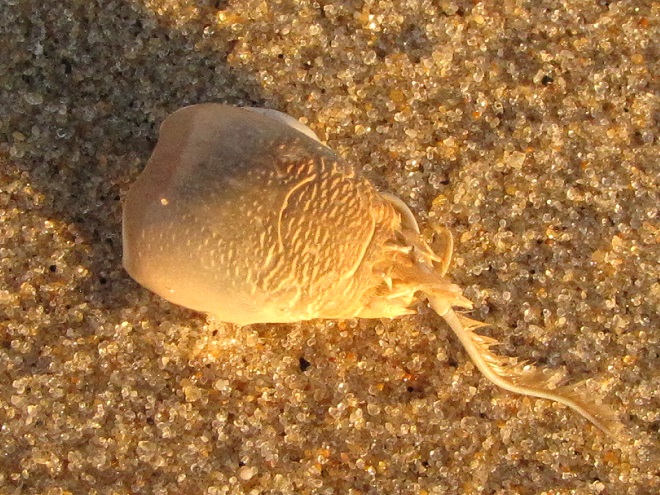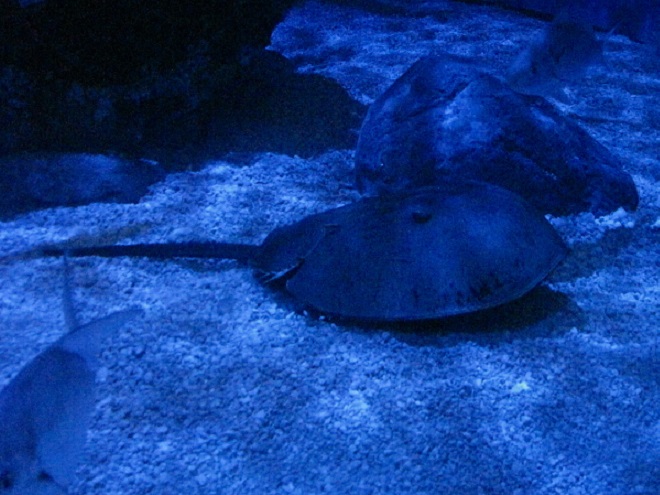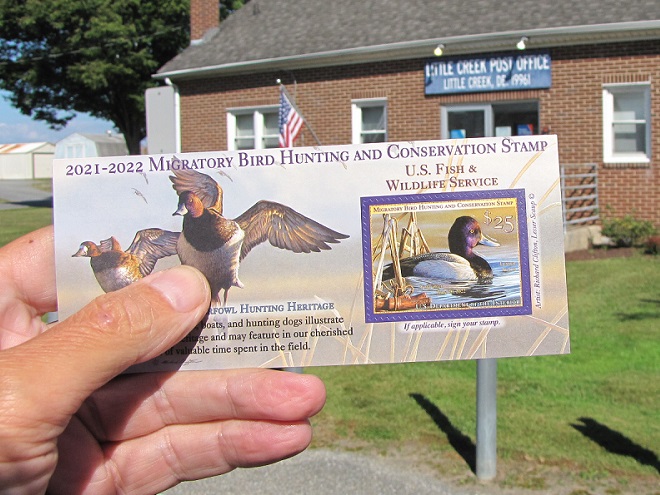It’s been more than a year and a half since Uncle Tyler Dyer has been on one of our outings. He’s been laying low, keeping to himself—to protect his health. So he was quite excited when we made our way to the Delaware coast to have a look at some marine and beach life at Cape Henlopen State Park.
Uncle Ty hadn’t visited the Atlantic shoreline here for almost two decades, and he was more than a bit startled at what he saw…





A nearly sterile beach might be delightful for barefoot sunbathers and the running of the dogs, but Uncle Ty isn’t the barefoot type. He likes his sandals and a slow peaceful stroll with plenty of flora and fauna to have a look at. We could tell he was getting bored. So we headed home.
Along the way, Uncle Ty asked to stop at the Post Office. He wanted to get a stamp. Thinking he was going to fire off a terse letter of protest to the powers that be about what he saw at the beach, we obliged.
Soon, Uncle Ty trotted down the steps of the Post Office with his stamp.

Uncle Ty bought a duck stamp, so naturally we asked him when he decided to take up hunting. He explained, “Man, I gave that stuff up when I was thirteen. I’ve got the Thoreau/Walden mindset—hunting is something of an adolescent pursuit.”
It turns out Uncle Ty bought a duck stamp to support wetland acquisition and improvements, not only to benefit ducks and other wildlife living there, but to improve water quality. In Delaware, tidal estuary restoration work is underway at both the Prime Hook and Bombay Hook National Wildlife Refuges on Delaware Bay. These projects will certainly enhance the salt marsh’s filtration capabilities and just might improve the populations of benthic life in the bay and adjacent ocean at Cape Henlopen.
Uncle Ty tossed the stamp atop the dashboard and we were again on our way, but we weren’t going directly home. We made a stop along the way. A stop we’ll share with you next time.
